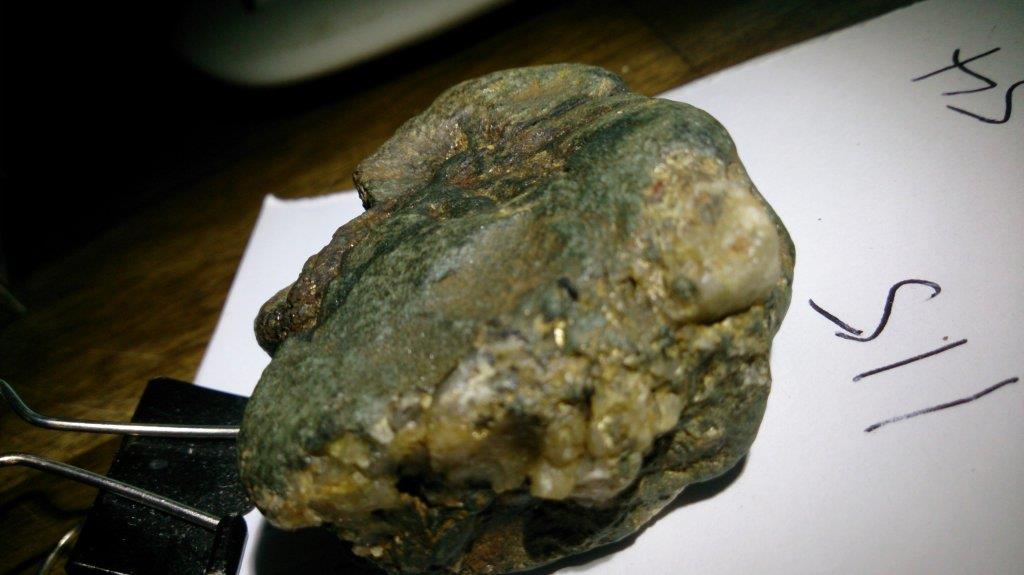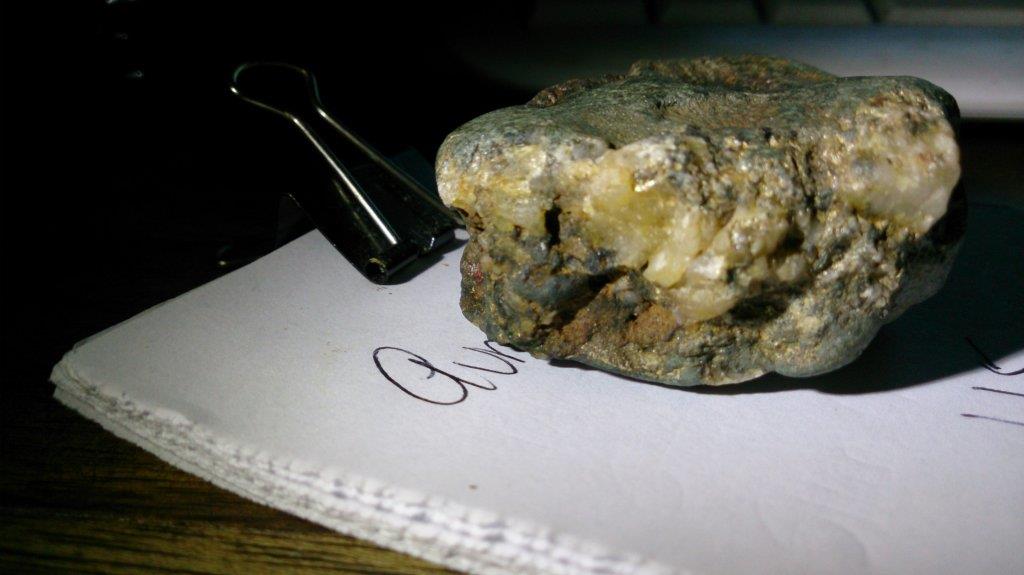headbut
Paul
Hi Members
Need your help on identifying these rocks. They are quartz, with a green covering that seems softer and coarser than normal quartz. The smaller one is partly tumbled, as I noticed the green appeared to be wearing quicker than the quartz,I removed it from the tumbler.
This rock is heavy for its size & weighs 115 grams & if square , would be the size of a matchbox. The smaller stone is 47 grams
I have thrown a magent over it and nothing , so no iron etc.
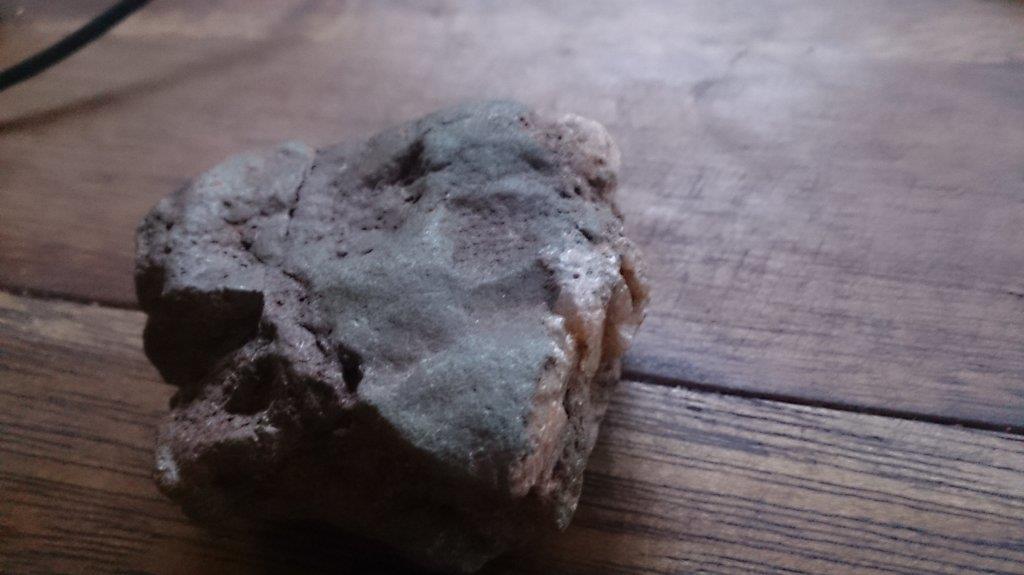
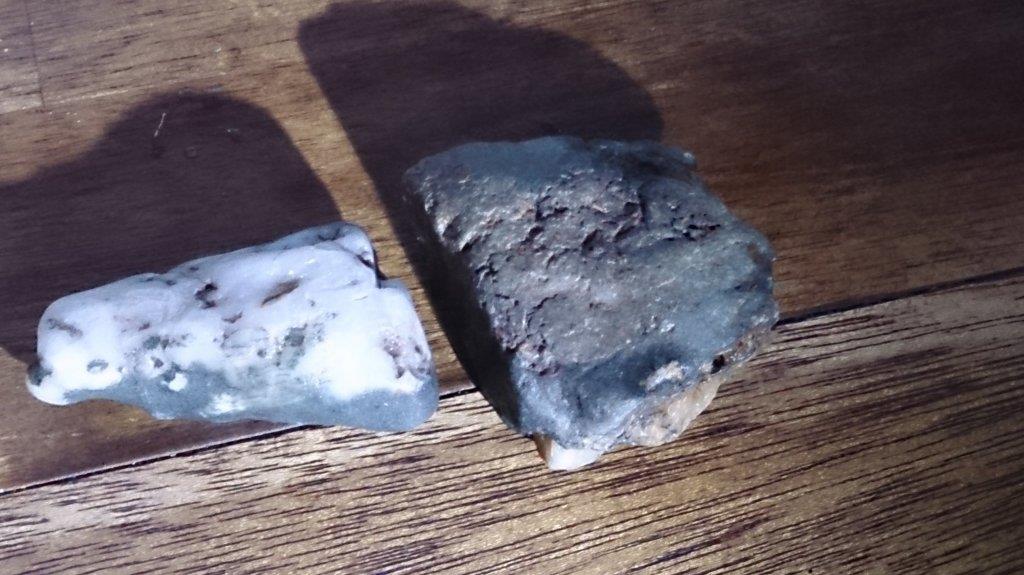
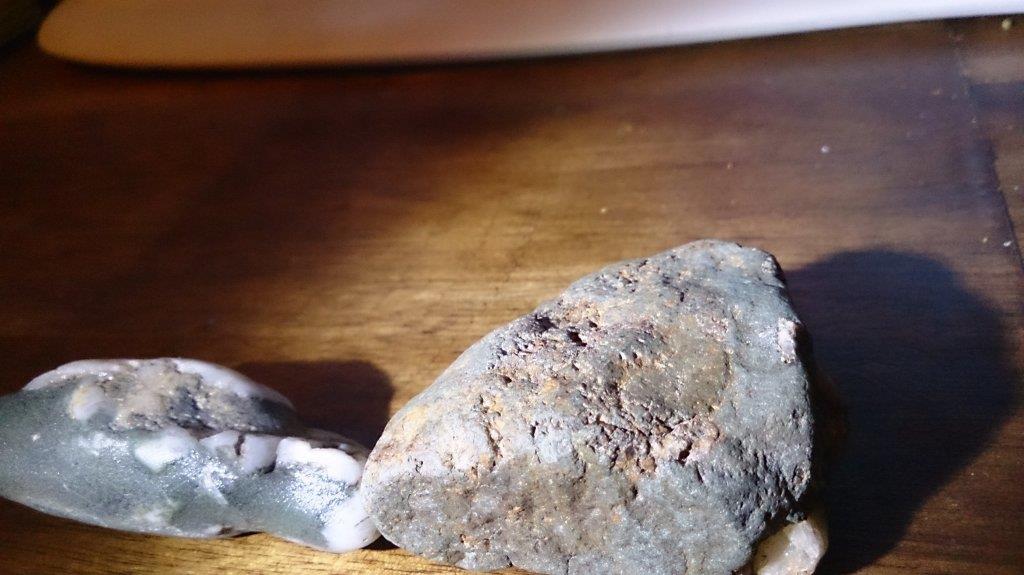
Hoping it has gold in it
Thanks for any help
Edited for typos
Need your help on identifying these rocks. They are quartz, with a green covering that seems softer and coarser than normal quartz. The smaller one is partly tumbled, as I noticed the green appeared to be wearing quicker than the quartz,I removed it from the tumbler.
This rock is heavy for its size & weighs 115 grams & if square , would be the size of a matchbox. The smaller stone is 47 grams
I have thrown a magent over it and nothing , so no iron etc.



Hoping it has gold in it
Thanks for any help
Edited for typos




